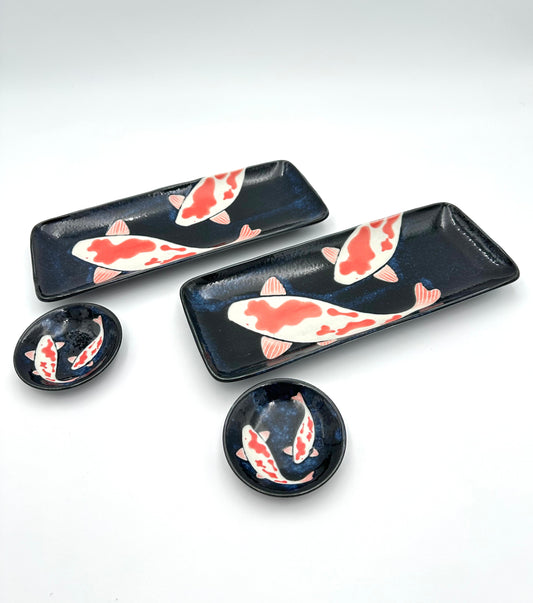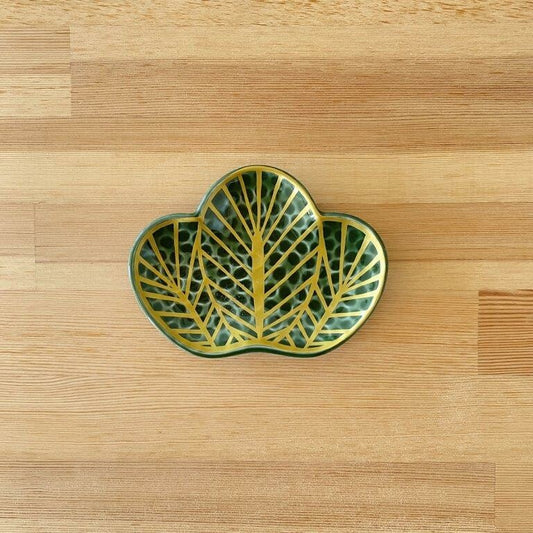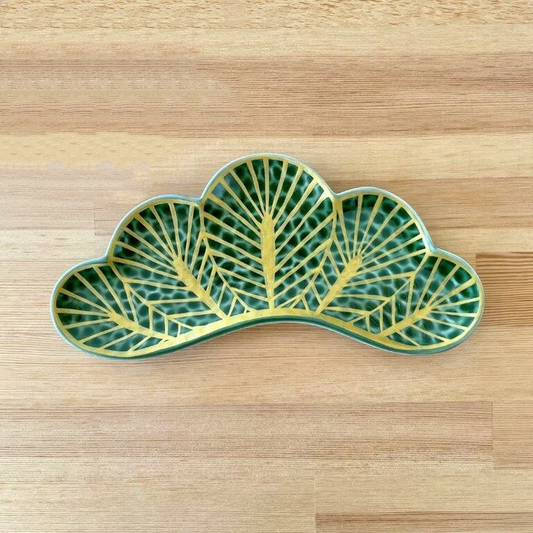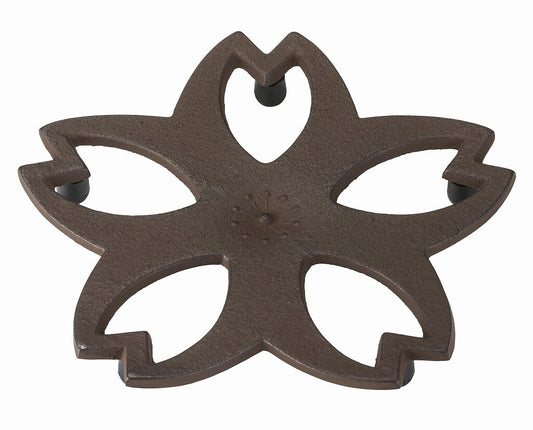Arita ware and Imari ware are two of the most iconic styles of Japanese porcelain. This guide explains their origins, design differences, and cultural significance.
History of Japanese Porcelain
Arita ware and Imari ware are two of Japan’s most famous porcelain styles. Known for their beauty and history, these traditional ceramics from Kyushu have fascinated collectors around the world. Arita ware is often considered the birthplace of Japanese porcelain, having originated in the early 1600s in Arita, Saga Prefecture. Around 1616, a Korean potter named Yi Sam-pyeong discovered high-quality porcelain stone in the Izumiyama quarry, which led to the development of a new ceramic tradition. Arita ware later evolved alongside nearby kilns such as Mikawachi and Hasami in Nagasaki Prefecture. Collectively, these are known as “Hizen porcelain” and were widely exported during the Edo period (1603–1868) via the port of Imari—hence the name “Imari ware.”
Pieces produced from the 1610s to 1630s are called “Early Imari”, known for cobalt-blue designs influenced by Korean and Chinese styles. In the 1640s, Japan’s first polychrome porcelains appeared, giving rise to styles like Kakiemon and Ko-Imari. From the 1650s onward, Arita porcelain was exported to Europe via the Dutch East India Company.
Difference Between Arita Ware and Imari Ware
During the Edo period, porcelain shipped from Imari port was broadly called “Imari ware.” But from the Meiji era (late 19th century), names were clarified: items produced in Arita became “Arita ware,” while those made in Imari City were called “Imari ware.” Arita ware is known for its pale colors, delicate brushwork, and luminous white porcelain—refined and elegant. Imari ware includes Nabeshima ware, made exclusively for feudal lords, characterized by elaborate designs, formal colors, and stately craftsmanship.
Famous Arita Ware Styles: Kakiemon, Nabeshima, and Ko-Imari
-
Kakiemon Style
Developed by Kakiemon Sakaida I, this style features soft milky-white porcelain with asymmetrical red, blue, yellow, and green enamel painting. Subjects include birds, flowers, and seasonal motifs, leaving white space to express “the beauty of emptiness,” a uniquely Japanese aesthetic. Kakiemon ware was widely exported and influenced European porcelain traditions.

https://en.wikipedia.org/wiki/Kakiemon
-
Nabeshima Style
Produced at the official kilns of the Nabeshima domain, these pieces were gifts to shoguns and nobility. Featuring refined patterns, balanced compositions, and subdued tones, the most prized examples are called “Iro-Nabeshima,” often depicting springtime themes. Some pieces use only indigo ble (“Ai-Nabeshima”), while others use just three colors: red, yellow, and green.

- Ko-Imari Style
Emerging in the late 17th century, Ko-Imari is bold and lavish, using red, blue, and gold with dense, intricate patterns of plants, animals, and geometric motifs. Unlike Kakiemon’s minimalism, Ko-Imari fills every inch with decoration, creating a festive, opulent impression. These too were highly valued in Europe and widely exported.

https://www.metmuseum.org/art/collection/search/49331
If you’re interested in purchasing authentic Arita or Imari ware, visit our online store to explore our curated collection.






